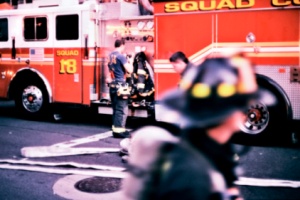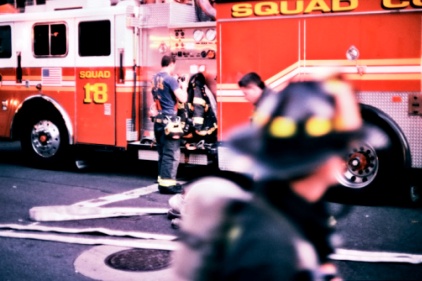 According to a recent report released by the National Fire Protection Association (NFPA), 540 civilian deaths in the United States were attributed to smoking material fires in 2011, a 30 year low that is well down from 1980 levels. In 2011, there were an estimated 90,000 smoking material fires resulting in $621 million in direct property damage.
According to a recent report released by the National Fire Protection Association (NFPA), 540 civilian deaths in the United States were attributed to smoking material fires in 2011, a 30 year low that is well down from 1980 levels. In 2011, there were an estimated 90,000 smoking material fires resulting in $621 million in direct property damage.
The decline in smoking, the effect of standards and regulations that have made mattresses and upholstered furniture more resistant to cigarette ignition, and more recently, adoption of fire-safe cigarette requirements throughout the country, are factors the report credits with the decrease in smoking material fire deaths over the past 31 years. The long-term trend in smoking material fires is down by 73 percent from 1980 to 2011.
“Fire safe,” or reduced ignition strength cigarettesare designed to extinguish more quickly than standard cigarettes if ignored, with the intention of preventing accidental fires. They appear to be the only factor contributing to the decline in smoking material fire deaths that had not leveled off or phased out before 2003 – the last year before the fire-safe cigarette law was effective in any state.
2012 was the first year all 50 state laws were effective and all inventories of pre-standard cigarettes should have sold out.
“It is good news to see this 30 year low and fewer people dying in smoking-material fires,” said Lorraine Carli, NFPA’s vice president of Outreach and Advocacy. “Lives were saved and will continue to be saved as a direct result of efforts of the Fire Safe Cigarette Coalition, a group of safety advocates, the fire service and others, who in the past decade joined together to see that fire-safe cigarettes become the standard.”
Other key findings in the report show:
- One out of four fatal victims of smoking-material fires is not the smoker whose cigarette started the fire.
- Older adults are at highest risk of death or injury from home smoking material fires, even though they are less likely to smoke than younger adults.
- NFPA has developed safety information, including safety tips focusing on safe behavior, storage, and disposal of smoking materials:
- Use a deep, sturdy ashtray. Place it away from anything that can burn.
- Before going to bed, check under furniture cushions and around places where people smoke for cigarette butts that may have fallen out of sight.
- Keep cigarettes, lighters, matches, and other smoking materials up high out of the reach of children, in a locked cabinet.
- Never smoke where medical oxygen is used. Medical oxygen can cause materials to ignite more easily and make fires burn at a faster rate than normal and can make an existing fire burn faster and hotter.

